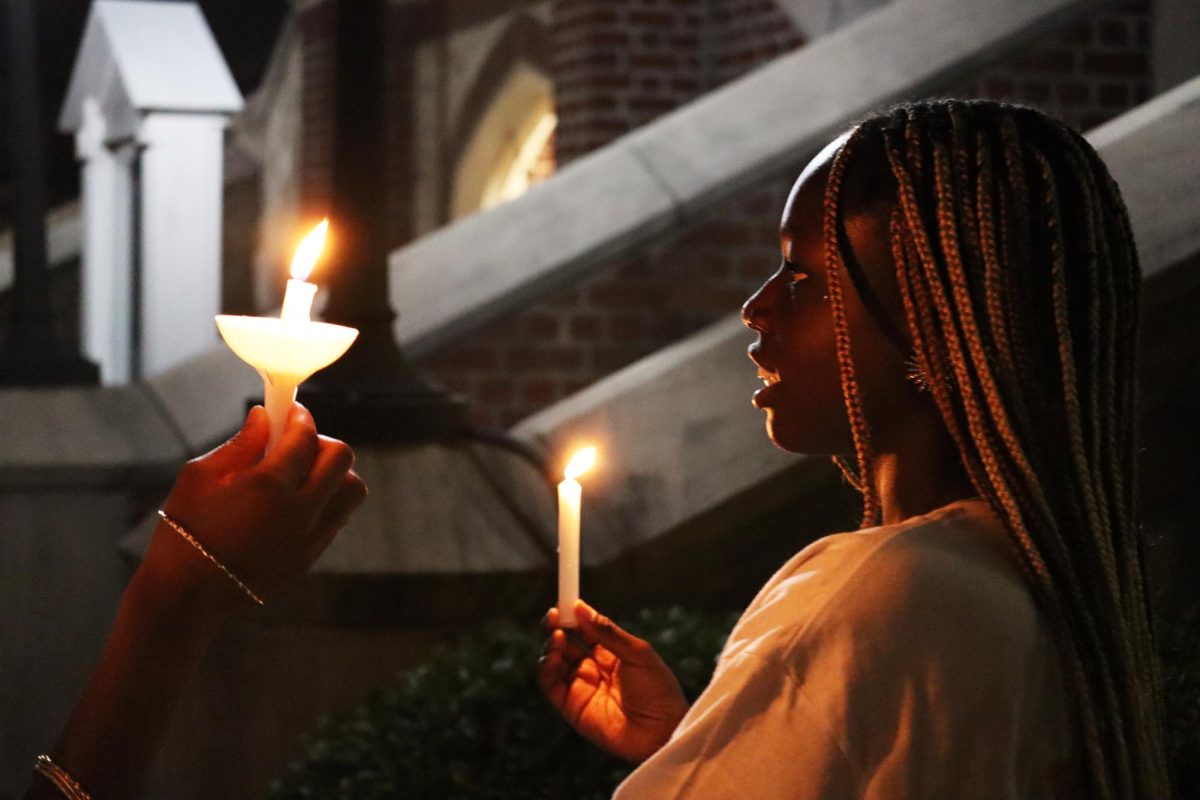The students who were re-assigned from Buddig to Cabra Hall comprise only a small number of campus residents, but they signal a housing problem that seems likely to worsen in the future.
It’s unfortunate that Residential Life had to move upperclassmen from their original dorm of choice and consolidate them to double-occupancy rooms.
It’s laudable of Residential Life for attempting to resolve the situation by affecting as few students as possible, but unless the university addresses the issues causing this housing shortage, more will be impacted in coming years.
The re-assignments are needed because of the enrollment size of the new freshman class, which is reported as the largest since Hurricane Katrina in 2005. Residential Life is moving upperclassmen to ensure that these first-year students will have dorms on the main campus.
The increasing enrollment is important for Loyola, and it appears it will continue to grow, but it also makes some housing policies questionable.
One factor that seems to significantly affect the shortages is the requirement of all sophomores to live on campus. This year’s sophomore class is the first to be affected by this policy.
The university argues that this requirement is related to retention. According to the university, students who live on campus are more likely to stay involved and less likely to drop out.
If this is the case, moving students to Cabra Hall is counteractive. Cabra Hall isn’t located on the main campus, necessitating residents to commute to most classes and school events.
Also, most students become involved in school activities during their freshman year. Moving off campus when they’re sophomores won’t affect their participation because they already have a stake in their organizations. Students who aren’t involved their freshman year aren’t likely to become involved when they are upperclassmen.
If freshmen and sophomores are going to be required to live on campus, Loyola needs to confront the reasons students are choosing to move off. Living on campus is costly. Freshmen and sophomores are not only required to live on campus, they are also required to buy a meal plan.
In addition, the residence halls are in dire need of major renovation. The university needs to make a greater effort to improve the buildings or to construct new buildings altogether if dorm life is mandatory. The paint and carpet touch-ups that Residential Life promised to Cabra Hall in their letter to residents is not enough.
If anything, by requiring students to live on campus after their freshman year, the university may jeopardize retention rates even more. The re-assignments have already proved to anger students. If the housing shortage continues and the university fails to address the problems with the residence halls, some students may use it as a reason to leave Loyola.
It’s commendable of Loyola to consider all factors of retention, but the university needs to examine the reasons students are choosing to move off campus, such as the high costs of dorms and the building conditions, instead of making it mandatory.
Greater enrollment is a strong asset for Loyola, but unless the university changes its current housing policy, retention rates will not improve.






